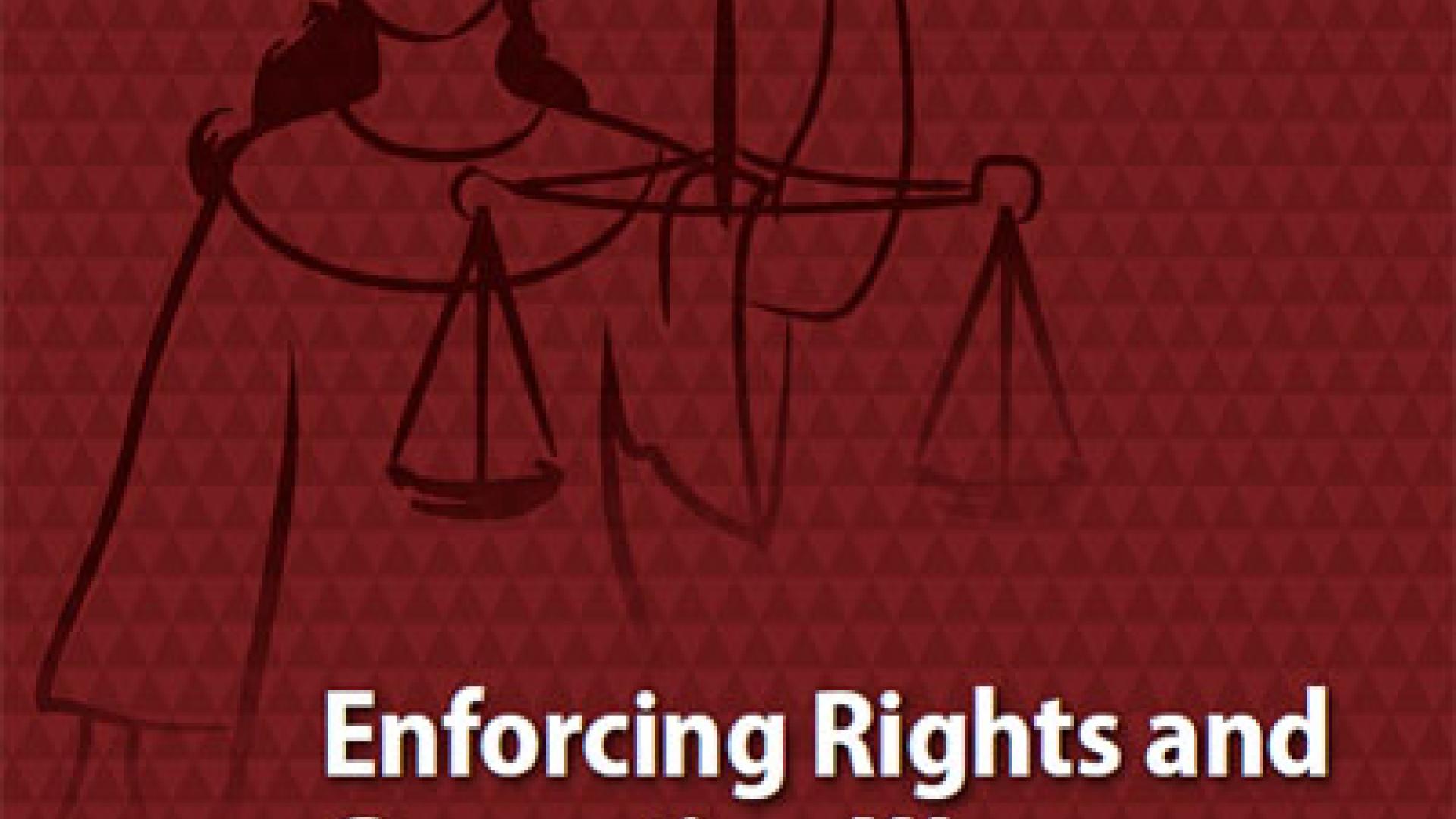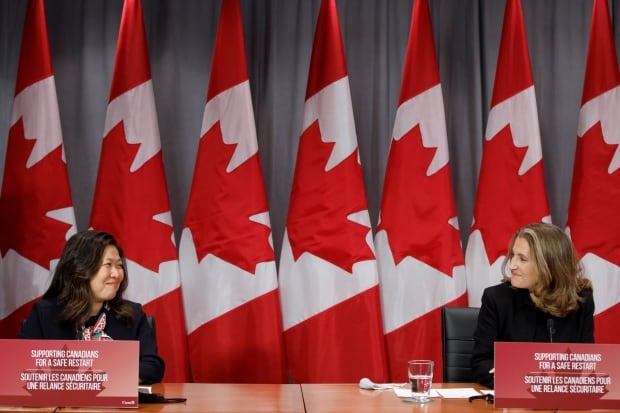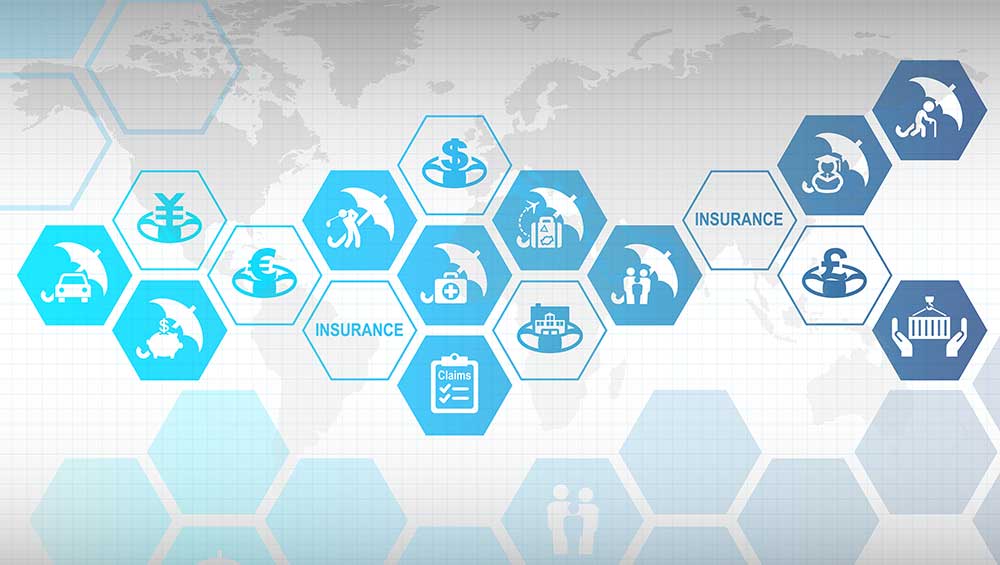From Flight Attendant To Pilot: Overcoming Gender Barriers In Aviation

Table of Contents
Historical Context: Women in Aviation's Past
Historically, the skies have been overwhelmingly male territory. Women faced significant underrepresentation in aviation, often relegated to roles deemed "suitable" for women, like flight attendants. While many dismiss this era as a distant past, understanding it is crucial to comprehend the current challenges. The lack of opportunities and systemic biases deeply impacted the number of women pursuing pilot careers.
- Early female pilots and their struggles: Pioneering women like Amelia Earhart faced immense societal pressure and skepticism, battling both gender stereotypes and technological limitations. Their determination, however, paved the way for future generations.
- Societal expectations and limitations: Traditional gender roles severely restricted women's access to education and training necessary for piloting. They were often discouraged from pursuing careers perceived as "masculine."
- Lack of opportunities and training: Limited access to flight schools and training programs further exacerbated the underrepresentation of women pilots. Financial constraints and a lack of mentorship added to these challenges. These historical factors significantly contributed to the historical gender inequality in aviation. We must learn from these past experiences to build a more equitable future.
The Flight Attendant to Pilot Transition: Challenges and Opportunities
A common pathway for women entering the aviation industry is through the role of a flight attendant. This provides valuable industry experience and networking opportunities. However, transitioning to a pilot role presents significant challenges:
- Financial investment in flight training: Flight training is expensive, requiring substantial financial resources that many women may struggle to secure.
- Balancing work and training: Juggling the demands of a flight attendant job with the rigorous training schedule for pilots requires exceptional dedication and time management skills. Family responsibilities often add another layer of complexity.
- Access to mentorship and sponsorship programs: Mentorship and sponsorship can provide crucial support and guidance, facilitating the career transition. However, limited access to such programs can be a major hurdle.
- Networking within the aviation industry: Building a strong network within the industry can open doors to valuable opportunities. Flight attendant experience helps build these vital connections, but purposeful networking is crucial.
This transition, while demanding, offers unique advantages. The experience gained as a flight attendant gives a foundational understanding of the industry, significantly easing the transition to a pilot role and showcasing a commitment to women in aviation careers.
Overcoming Gender Bias and Discrimination
Even today, women in aviation continue to encounter subtle and overt forms of gender bias and discrimination. Addressing this issue is crucial for achieving true gender equality.
- Microaggressions and sexism in the workplace: From dismissive comments to outright sexism, women may experience microaggressions that undermine their confidence and professional credibility.
- Stereotypes and assumptions about women's abilities: Assumptions about women's capabilities and suitability for high-pressure roles create a significant barrier to career advancement.
- Importance of female role models and mentors: The presence of strong female role models and mentors provides essential support and guidance, encouraging women to pursue their ambitions.
- Strategies for overcoming bias and discrimination: Active measures like unconscious bias training, mentorship programs, and robust reporting mechanisms for harassment are crucial steps in addressing gender bias in aviation and discrimination in aviation. Building a culture of respect and inclusivity is paramount.
Success Stories and Inspiring Role Models
Numerous successful female pilots have overcome significant hurdles, demonstrating that breaking down gender barriers in aviation is not only possible but inspiring. Their stories serve as a powerful testament to perseverance and resilience.
- Profiles of successful female pilots: Highlighting the journeys of these individuals showcases their dedication, the challenges they conquered, and the impact they've had on the industry.
- Their career paths and challenges: Understanding their specific struggles and triumphs provides valuable lessons for aspiring female pilots.
- Advice and insights for aspiring female pilots: Their insights and guidance can provide invaluable support for those navigating similar paths. These are the true women in aviation leadership, inspiring future generations.
The Future of Gender Equality in Aviation
Achieving gender equality in aviation requires a multifaceted approach involving airlines, aviation organizations, and government policies.
- Diversity initiatives in airlines and aviation schools: Proactive recruitment strategies, scholarships for women, and inclusive training programs are essential to increase representation.
- Importance of inclusive hiring practices: Implementing transparent and unbiased hiring processes is critical to ensure fair opportunities for all.
- Government policies promoting gender equality in aviation: Government regulations and initiatives play a critical role in fostering a more equitable environment.
The future of aviation hinges on inclusivity. By actively promoting gender diversity in aviation and working towards aviation equality, we can ensure that the skies are truly open to everyone, regardless of gender.
Conclusion
The journey from flight attendant to pilot for women is not without its challenges. From historical underrepresentation and ingrained biases to financial constraints and societal expectations, significant hurdles exist. However, the inspiring success stories of countless female pilots demonstrate that these barriers can be overcome with determination, support, and a commitment to breaking down gender barriers in aviation. Let's continue to champion inclusivity, challenge stereotypes, and create a future where the skies truly reflect the diversity of the world below. We encourage aspiring female pilots to pursue their dreams and urge everyone to support women in aviation, actively promoting inclusivity and challenging gender stereotypes. Let's continue to build a more equitable aviation industry for all.

Featured Posts
-
 Ufc 315 Fight Card Changes Aldos Weight Problem Impacts The Event
May 12, 2025
Ufc 315 Fight Card Changes Aldos Weight Problem Impacts The Event
May 12, 2025 -
 Knicks Vs Bulls Game Prediction Expert Analysis Betting Odds And Stats Feb 20 2025
May 12, 2025
Knicks Vs Bulls Game Prediction Expert Analysis Betting Odds And Stats Feb 20 2025
May 12, 2025 -
 Le Fil D Ariane Avec Chantal Ladesou Une Nouvelle Saison Sur Tf 1
May 12, 2025
Le Fil D Ariane Avec Chantal Ladesou Une Nouvelle Saison Sur Tf 1
May 12, 2025 -
 Canada Tariffs Partial Removal Possible Says Us Ambassador
May 12, 2025
Canada Tariffs Partial Removal Possible Says Us Ambassador
May 12, 2025 -
 Celtics Payton Pritchard Wins Sixth Man Of The Year
May 12, 2025
Celtics Payton Pritchard Wins Sixth Man Of The Year
May 12, 2025
Latest Posts
-
 High Stock Valuations And Investor Concerns A Bof A Perspective
May 12, 2025
High Stock Valuations And Investor Concerns A Bof A Perspective
May 12, 2025 -
 Understanding High Stock Market Valuations Bof As Analysis For Investors
May 12, 2025
Understanding High Stock Market Valuations Bof As Analysis For Investors
May 12, 2025 -
 Analyzing Trumps Stance On Cheap Oil And Its Effect On The American Energy Industry
May 12, 2025
Analyzing Trumps Stance On Cheap Oil And Its Effect On The American Energy Industry
May 12, 2025 -
 The Paradox Of Trumps Cheap Oil Policy Boosting Prices While Praising Producers
May 12, 2025
The Paradox Of Trumps Cheap Oil Policy Boosting Prices While Praising Producers
May 12, 2025 -
 Trumps Cheap Oil Agenda Conflicts And Compromises
May 12, 2025
Trumps Cheap Oil Agenda Conflicts And Compromises
May 12, 2025
